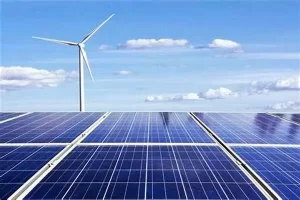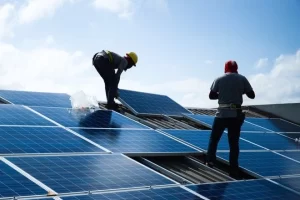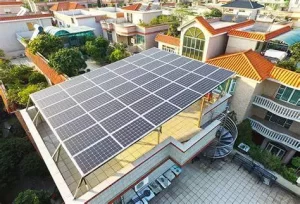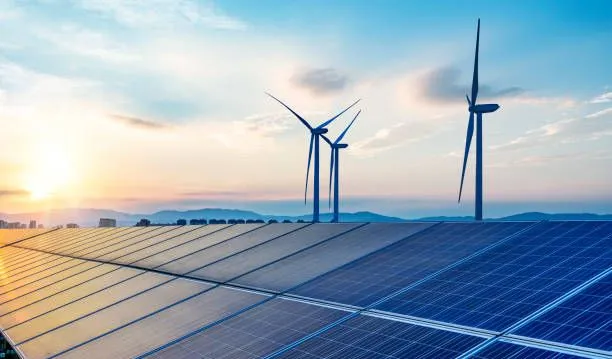Wind Power Stations: The Key Force in Energy Transformation
In the global journey of responding to climate change and pursuing sustainable development, energy transformation has become an urgent priority. And wind power stations, with their unique advantages, are becoming the key force driving this transformation.
The primary key point of windpower station lies in the abundant availability of their resources. Wind, as a natural energy source that is inexhaustible and renewable, exists widely on Earth. Whether it is the vast plains, undulating mountains or the expansive coastline, it is possible to utilize wind for power generation. This makes wind power have huge potential and can satisfy our growing energy demands to a large extent.
Another key point is its clean and environmentally friendly feature. Compared with traditional fossil fuel power generation methods, windpower does not produce greenhouse gas emissions, air pollution or water pollution. This is of extremely significant importance for mitigating the impact of climate change, improving air quality and protecting the ecological environment.
The cost-effectiveness of wind power station is also constantly improving. With technological progress and the expansion of scale, the cost of wind power generation is gradually reducing. Meanwhile, its operation and maintenance costs are relatively low. Once built, it can provide electricity stably for a long time, bringing a more competitive option to the energy market.
In terms of energy security, wind power stations also play an important role. Reducing the reliance on limited fossil fuels and increasing the supply of local renewable energy helps to lower the risk of energy imports and enhance the energy self-sufficiency capacity of countries and regions.
However, the development of windpower station is not without challenges. The intermittent and unstable nature of wind is a problem that needs to be addressed, which requires supporting energy storage technologies and smart grid management to balance the power supply. In addition, the construction of windpower station may have certain impacts on the local ecology and landscape, and requires sufficient assessment and optimization during the planning and construction process.
Despite the challenges, the key position of wind power stations in energy transformation is unshakable. In the future, with continuous technological innovations, such as more efficient blade designs, advanced energy storage solutions and the further development of smart grids, wind power will become more reliable, efficient and widespread.
We have reasons to believe that windpower stations will continue to lead the trend of energy transformation and create a cleaner and more sustainable energy future for us. Let’s jointly anticipate and actively promote the development of wind power stations and contribute to the well-being of the Earth and humanity.
Contact us
- Email:[email protected]
- Tel: +86 13651638099
- Address: 333 Fengcun Road, Fengxian District, Shanghai
Get A Quote Now!

Read more

Unveiling Photovoltaic+Energy Storage: Four Major Application Scenarios Leading the Future of Energy
In this way, the energy landscape is evolving, and one of the most thrilling developments in renewables is the integration of photovoltaics energy storage.

From Theory to Practice: Four Methods for Estimating Photovoltaic Power Generation
Photovoltaic power generation has become an essential part of modern energy solutions, particularly in home solar systems and distributed power applications

Rack-Mounted Lithium Iron Batteries: Creating Efficient and Reliable Energy Storage Solutions
When it comes to modern energy solutions, rack-mounted lithium iron batteries are taking center stage in a variety of industries. Whether you’re powering data centers, stabilizing energy for households, or keeping critical systems online at 5G base stations, these batteries have become the unsung heroes of our electrified world.

Late Night Energy Saving Tips: How to Maximize Electricity Savings During Off-Peak Hours
With rising energy costs, homeowners are increasingly exploring innovative ways to save on their electricity bills. One effective approach is utilizing off-peak hours—times when electricity rates are significantly lower due to reduced demand.

